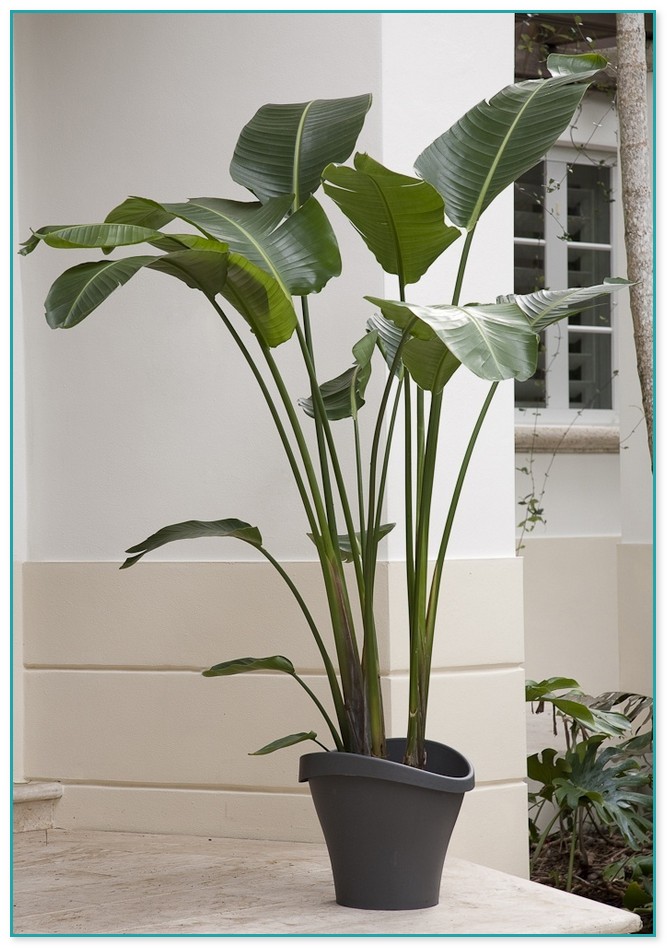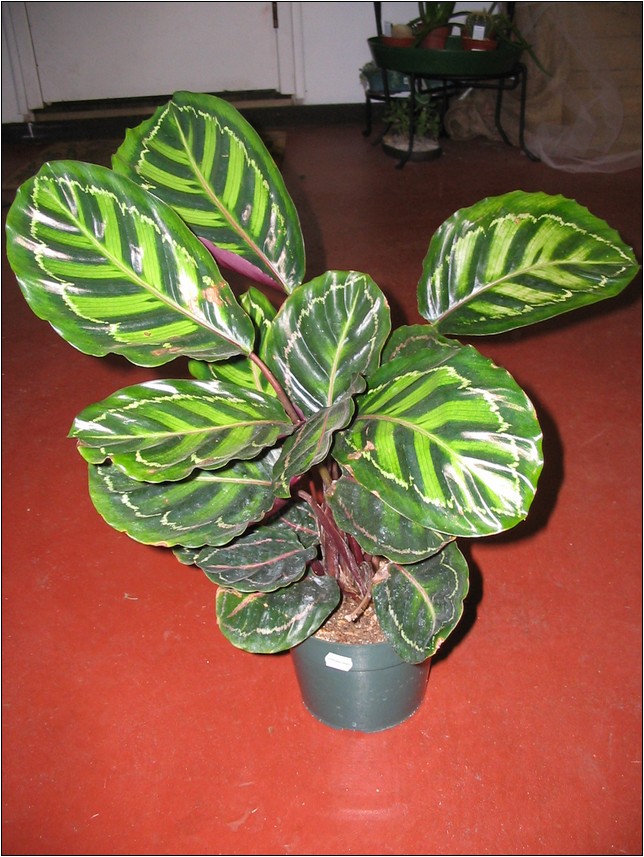Table Of Content

Drought and heat-tolerant, burro’s tail is often kept indoors, but can be moved outside under a sheltered patio in the warmer months to give it a bit more sunshine. Burro’s tail propagates easily so you’ll soon have plenty of plants to share. While bird’s nest ferns love moisture and humidity like all ferns do, avoid watering the center of this species as it can cause rot.
Ponytail Palm (Beaucarnea Recurvata)
“New echinacea varieties have more compact and sturdy stems,” Tamony says. This series is more tolerant of drought and humidity than older varieties of coneflower. ‘Springshine’ is another dwarf forsythia that is covered with blooms in earliest spring. It stays compact, growing just 2 feet tall and 3 feet wide, so it’s perfect for small-space gardening. It’s drought tolerant and grows slowly, so needs little pruning.
Weeping Fig
Monstera adansonii is a smaller though no less attractive alternative. Dumb canes, or Dieffenbachia, are beautiful and interesting house plants that will definitely win your heart. They can be grown indoors as houseplants and require little maintenance to thrive. They are known as “dumb canes” because of their cane-like stems and variegated leaves. Hoya plants are typical houseplants in that they like bright, indirect light and should be watered about once a week when the soil is dry to the touch. You can leave this plant in its pot for quite some time since it likes to be root bound and this increases the likeliness of blooms.
Bright Indirect Light Houseplants
A frequent sight at local nurseries, wax begonias may be a common houseplant, but that doesn’t detract from their charm. With pretty, little blooms in white, pinks and reds, these begonias are known for their fleshy leaves that shine slightly in the light. If you want to keep Venus fly traps at home, be sure to provide them with bright, indirect light and relatively high humidity levels of above 50%. That said, humidity levels above 60% will make your plant much happier. Rubber plants are actually trees that can grow over 100’ tall in their native environment of southeast Asia. As a houseplant, this hardy species remains much smaller and rarely grows over 10’ tall.
Similar in appearance and has the same care needs as the Aloe houseplant. A species from the Lithops genus displaying attractive purple club-shaped leaves. The kentia palm plant has the scientific name of Howea Forsteriana.
Anthurium Plant Care - How to Grow Anthurium andraeanum Indoors
How to grow houseplants that help — not hurt — the planet - The Washington Post
How to grow houseplants that help — not hurt — the planet.
Posted: Wed, 03 Jan 2024 08:00:00 GMT [source]
Instead of neglecting our lawns for an entire month and then going back to business as usual, we can try mowing less frequently (the lazy lawn care approach). A study in Massachusetts found that lawns mowed every two weeks had more bees present than those mowed every week. Lawns that were mowed every three weeks had more flowers but fewer bees, possibly because the taller grass made it more difficult for bees to access the flowers. Allowing your yard to ‘go wild’ for a month to let weeds bloom (assuming you have weeds in your lawn) can be attractive to pollinators and other wildlife. However, what happens when everything is mowed, and all their food and habitat suddenly disappear? If there are no other flowers for the pollinators to visit, we’ve only provided a temporary solution.
Succulents
Have you been looking to expand your house plant collection but don’t know where to start? We’ve made an exhaustive list of all the most common indoor plants you can buy. The Moth orchid genus is a well-known group of epiphytic plants recognized for their unusual colors. They thrive in bright but filtered sunshine and dislike extreme cold. When it comes to indoor house plants, peace lilies are among the best options out there.
Flowering Houseplants For Your Indoor Garden
This palm is a bit more tricky to master indoors – but it’s possible with the right balance of water, light and care. This palm can top almost 100 feet in its natural habitat, outdoors in Madagascar, but only reaches about 10 feet tops when grown as an indoor houseplant. This common palm requires full, indirect sunlight and consistent watering.
They are easy plants that require little maintenance to flourish. So, if you're looking for an easy-to-care-for houseplant that will brighten up your home, consider the peace lily. With its low-maintenance needs and stunning white flowers, it is the perfect choice for any indoor space. People usually have it in their homes because it's easy to care for and does not need much light or water. The Aglaonema, or Chinese Evergreen, is a popular houseplant that is known for its striking foliage.

African masks, also known as elephant ears, grow tall stems in an upright cluster that fall down into large, broad, and somewhat uneven leaves. These leaves are darker than those of many other houseplants, providing excellent indoor contrast. African mask plants prefer moderate temperatures, high humidity, and indirect lighting.
It has small, green leaves and can be used to decorate pots, terrariums, ornaments, and other items. It’s probably not surprising given what this website is about, but I truly love having plants around the house. Not only do they make my home look great, but they also have some great benefits, such as having a calming effect and regulating humidity. If you're fond of large, luscious monstera deliciosas, then you're likely to love its cousin, the swiss cheese plant. It's got similar fenestrations, or holes, in the leaves like the deliciosa, but its leaves are much smaller. You can allow it to trail and vine in a hanging pot or add a moss pole and watch the leaves climb.
Water gently and frequently and provide it with indirect light for best results. Unlike bamboo that grows outdoors, lucky bamboo stops growing when the top is cut, making it simple to care for. Grow in low-light or artificial lighting conditions for the healthiest plant. The weeping fig plant, also known as Ficus benjamina, is a stunning houseplant native to South East Asia that you’ll absolutely love. This plant features delicate flowers that look great and will definitely add beauty to your home. They are known as “weeping figs” because their leaves resemble tears.

While suitable for medium light rooms, if your Chinese croton leaves begin to turn green, it’s a clear indication that your plant could use a bit more light. Just place your fern on a pebble tray or mist it occasionally and you should have a charming houseplant for years to come. Research suggests that rooms containing houseplants are filled with up to 60 percent fewer molds and bacteria than rooms with no plants, making the air safer to breathe. In addition, other studies indicate that illnesses related to the common cold are reduced by more than 30 percent thanks to houseplants. Indoor plants add moisture to the air, which increases the room’s humidity and prevents respiratory issues and sore, dry throats.
One good thing about the Heart-leaf philodendron is that it can adapt to new climates. They also do well in areas of low lighting and can survive some weeks of neglect. You can try out any of these popular houseplants in your homes or offices. With so many houseplants to choose from, it can be difficult to decide which ones are right for you. There are hundreds of different types of ferns, ranging in size from miniature plants to large floor-covering varieties. The dumb cane plant, also known as Dieffenbachia, is a popular houseplant that is prized for its vibrant foliage and ease of care.
A native of Brazil, urn plants are a type of bromeliad known for their patterned, variegated leaves and big, bold and beautiful pink blooms. Like other bromeliads, urn plants only bloom once in their lifetime and die back afterwards; however, they will often produce “pups” for the next generation. With leaves veined in highly contrasting white and green, string of turtles is a delicate looking plant that looks particularly nice in a hanging basket. Preferring 50% or higher humidity, be sure to spritz your plant down from time to time with a bit of water to prevent browning leaves and leaf drop. Coming in solid green and variegated varieties, spider plants do best with a regular watering schedule, which for most areas amounts to a weekly watering.

No comments:
Post a Comment